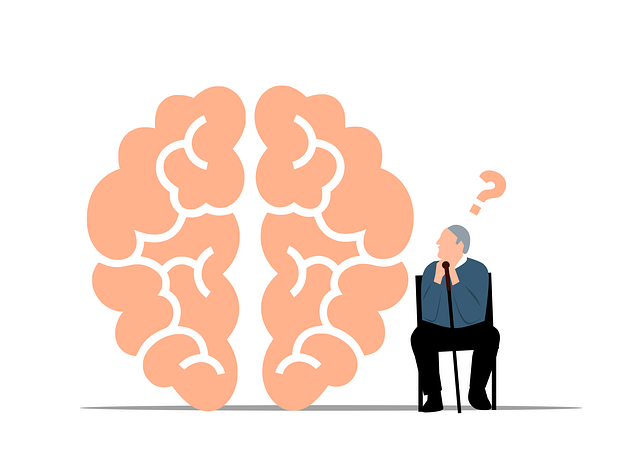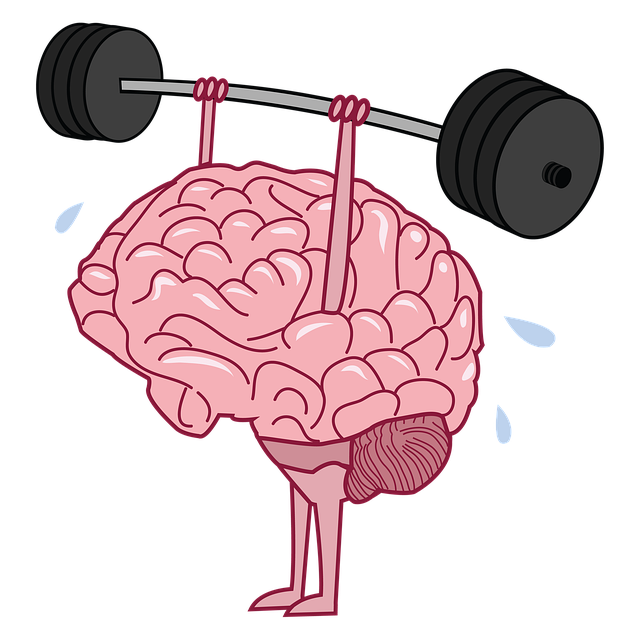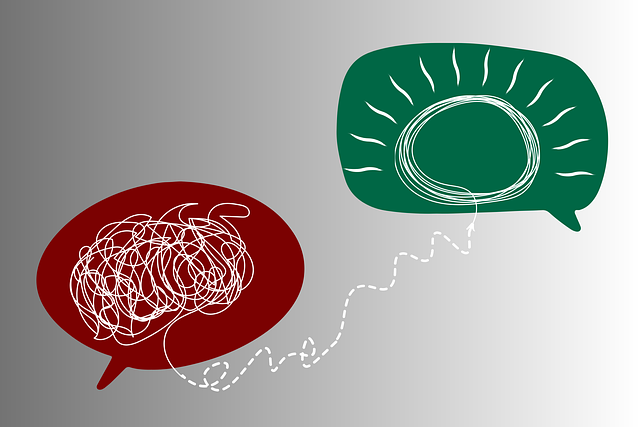Mental health disparities in Highlands Ranch, driven by socioeconomic factors and limited access to resources, hinder marginalized individuals from seeking timely treatment. To bridge this gap, Highlands Ranch Neuro Disorders Therapy advocates for education and awareness campaigns focused on destigmatizing mental illness. Their effective program incorporates interactive learning, tailored content for diverse learners, and expert guidance on stress management, emotional healing, and risk planning. By fostering open conversations and peer support, these initiatives aim to enhance well-being and reduce disparities within Highlands Ranch and similar communities.
Mental health disparities, a pressing issue in today’s society, significantly impact individuals and communities. This article explores how well-structured education programs can combat these disparities by empowering people with knowledge. We delve into essential components, content design for diverse learners, and implementation strategies, highlighting the pivotal role of Highlands Ranch Neuro Disorders Therapy in facilitating mental health awareness. By understanding these elements, we can create inclusive, effective learning experiences.
- Understanding Mental Health Disparities and Their Impact
- Essential Components of an Effective Education Program
- Designing Engaging Content for Different Learning Styles
- Implementation Strategies for Optimal Results: The Role of Highlands Ranch Neuro Disorders Therapy
Understanding Mental Health Disparities and Their Impact

Mental health disparities are stark realities within communities, including Highlands Ranch Neuro Disorders Therapy’s service area. These differences often stem from socioeconomic factors, cultural barriers, and a lack of access to quality mental health resources. For instance, individuals from marginalized backgrounds may face unique challenges that impact their ability to seek support, leading to delayed treatment and worse outcomes. Addressing these disparities is crucial for fostering an inclusive environment where everyone can thrive.
Program designs should prioritize education and awareness campaigns that break down stigma associated with mental illness. By promoting understanding and empathy, communities can create a safe space for open conversations about mental health. This approach empowers individuals to develop resilience-building strategies, practice effective stress management techniques, and cultivate positive thinking—essential tools for navigating life’s challenges. Such initiatives have the potential to significantly improve overall well-being and reduce disparities in Highlands Ranch and similar areas.
Essential Components of an Effective Education Program

An effective mental health education program, such as those offered by Highlands Ranch Neuro Disorders Therapy, should incorporate several key components to ensure maximum impact and positive outcomes for participants. Firstly, a comprehensive curriculum that covers various aspects of mental well-being is essential. This includes topics like stress management, emotional healing processes, and mood regulation techniques. Programs should be designed to educate individuals about common mental health disorders, their symptoms, and available treatment options, fostering a deeper understanding and reducing stigma.
Additionally, interactive and engaging delivery methods are crucial. Incorporating practical exercises, group discussions, and even role-playing scenarios can enhance learning. These activities enable participants to apply learned strategies in simulated real-life situations, boosting confidence and self-efficacy. Regular feedback from facilitators and peers further reinforces learning, allowing individuals to track their progress and adjust their coping mechanisms accordingly. This holistic approach ensures that the program not only informs but also equips attendees with valuable tools for managing and improving their mental health.
Designing Engaging Content for Different Learning Styles

In designing a mental health education program, one key aspect is creating engaging content tailored to diverse learning styles. This involves incorporating various methods to cater to visual, auditory, and kinesthetic learners. For instance, for those who thrive on visuals, infographics, diagrams, and videos can illustrate complex concepts like brain chemistry or the impact of stress on mental health effectively. On the other hand, interactive discussions, role-playing scenarios, and group activities can actively engage auditory and kinesthetic learners, encouraging them to absorb information through active participation.
At Highlands Ranch Neuro Disorders Therapy, we understand that a well-rounded program should accommodate different learning preferences. Our Mental Wellness Coaching Programs Development takes this into account by offering a blend of multimedia resources, practical exercises, and collaborative workshops. By doing so, we aim to enhance understanding and retention while fostering a supportive environment for all participants, ultimately contributing to effective risk management planning for mental health professionals.
Implementation Strategies for Optimal Results: The Role of Highlands Ranch Neuro Disorders Therapy

The successful implementation of a mental health education program hinges on strategic planning and collaboration with experts in the field, such as Highlands Ranch Neuro Disorders Therapy. This specialized therapy center offers invaluable insights into navigating complex neurologic conditions and provides a framework for comprehensive mental health support. By integrating their expertise, program designers can ensure that educational content is evidence-based, tailored to diverse needs, and inclusive of best practices for managing mental health challenges.
Highlands Ranch Neuro Disorders Therapy’s contribution extends beyond clinical knowledge; they facilitate the development of effective trauma support services, promote self-awareness exercises as a cornerstone of healing, and emphasize the critical need for risk management planning for mental health professionals. This holistic approach ensures that participants gain practical skills to manage their mental well-being while also fostering an environment conducive to open discussions and peer support.
In designing mental health education programs, understanding disparities and their impact is paramount. An effective program should incorporate essential components like tailored content for diverse learning styles and practical implementation strategies. Highlands Ranch Neuro Disorders Therapy serves as a model, demonstrating how comprehensive approaches can lead to optimal results in promoting mental well-being. By integrating these principles, educators can create engaging and impactful programs that address the unique needs of all individuals.












